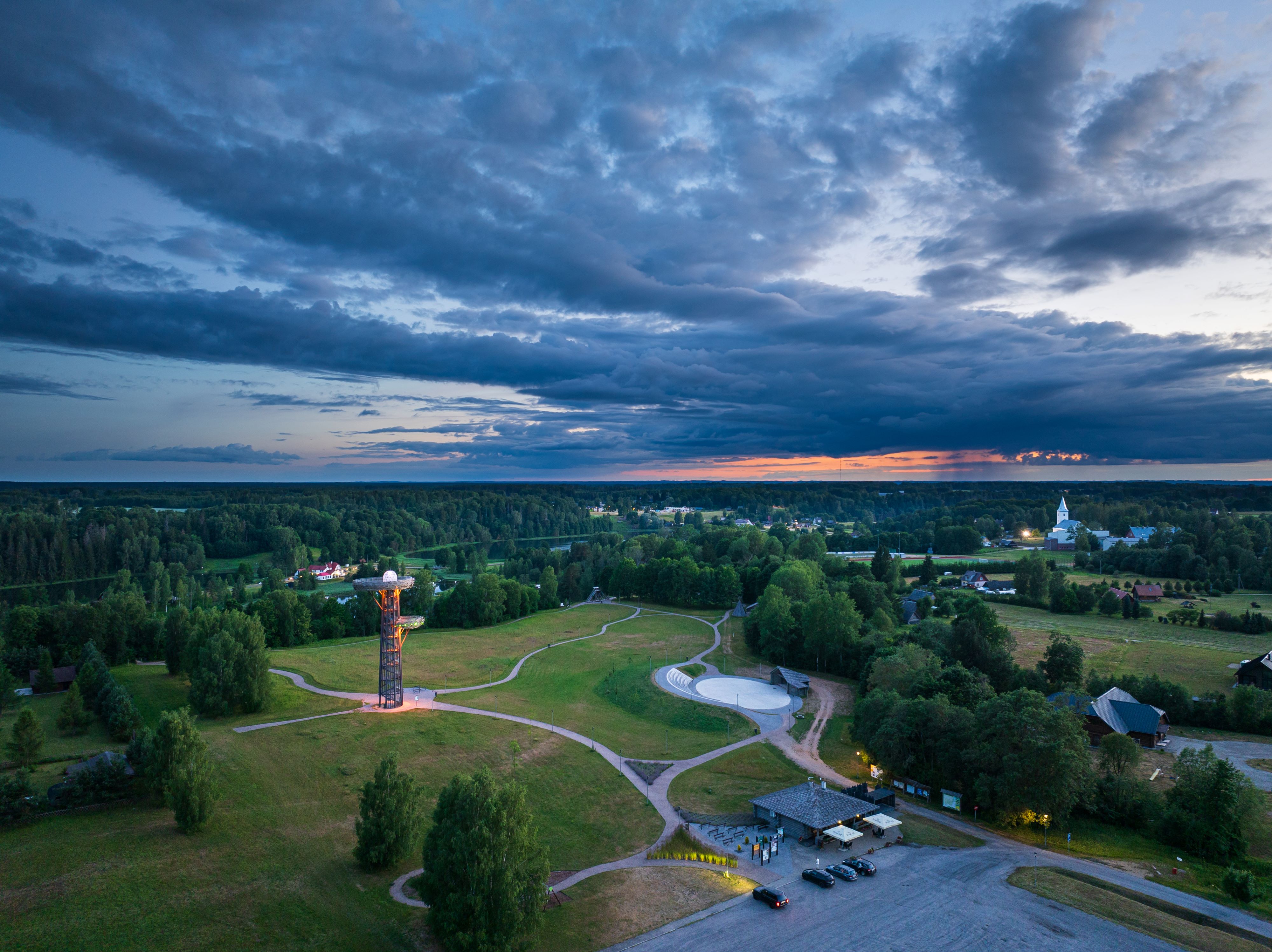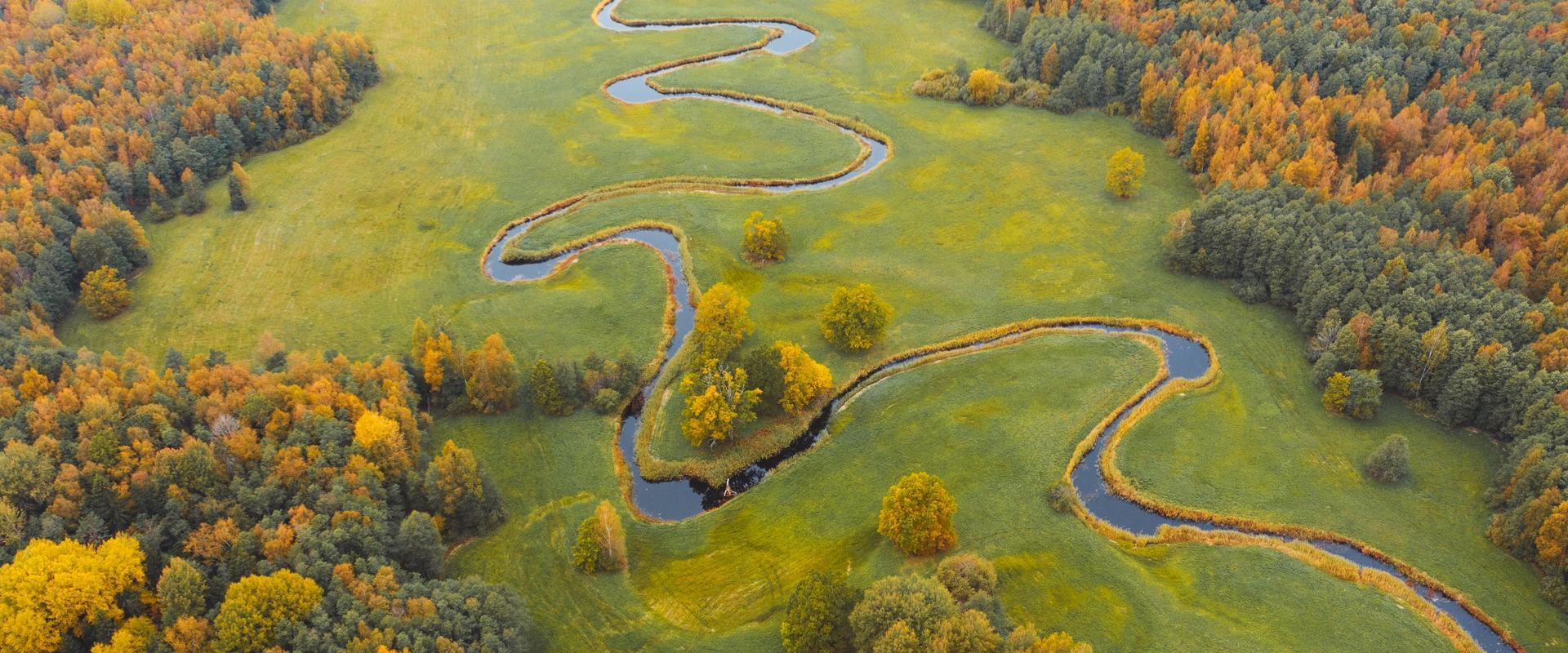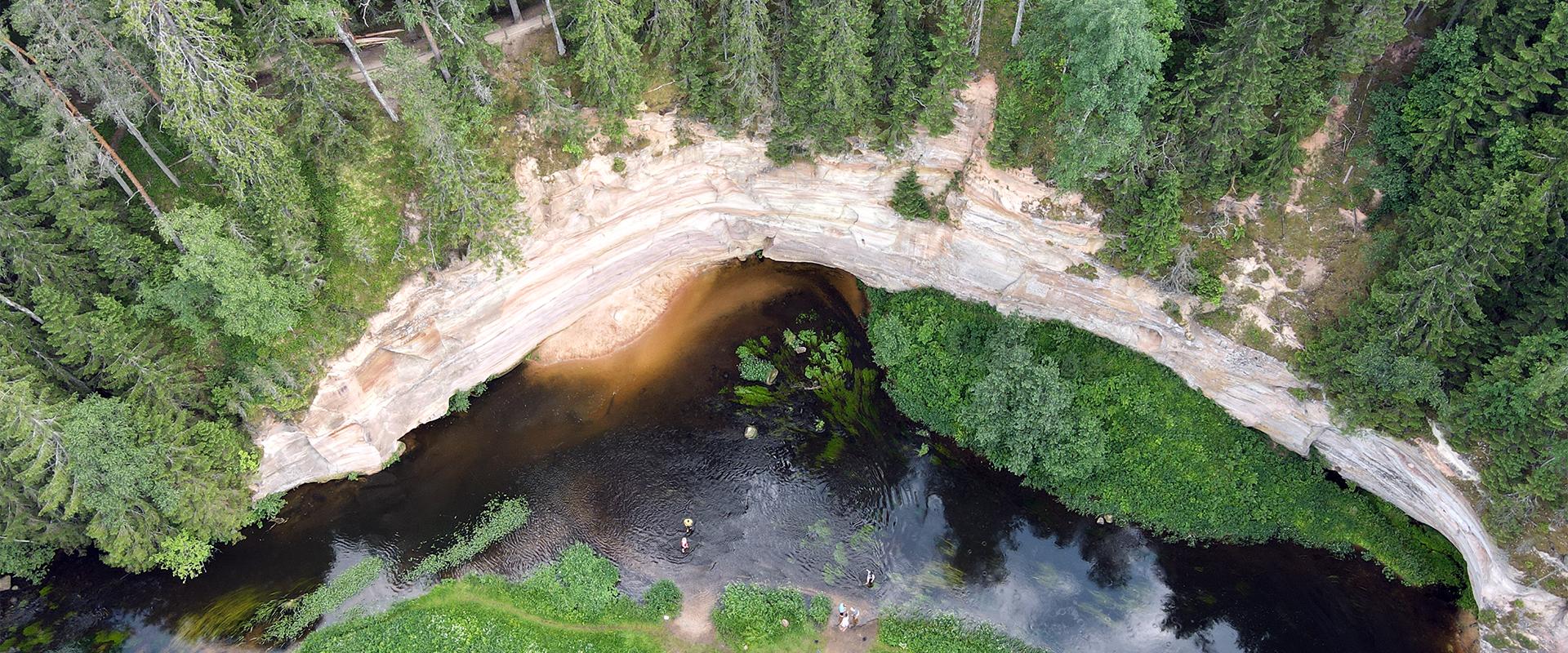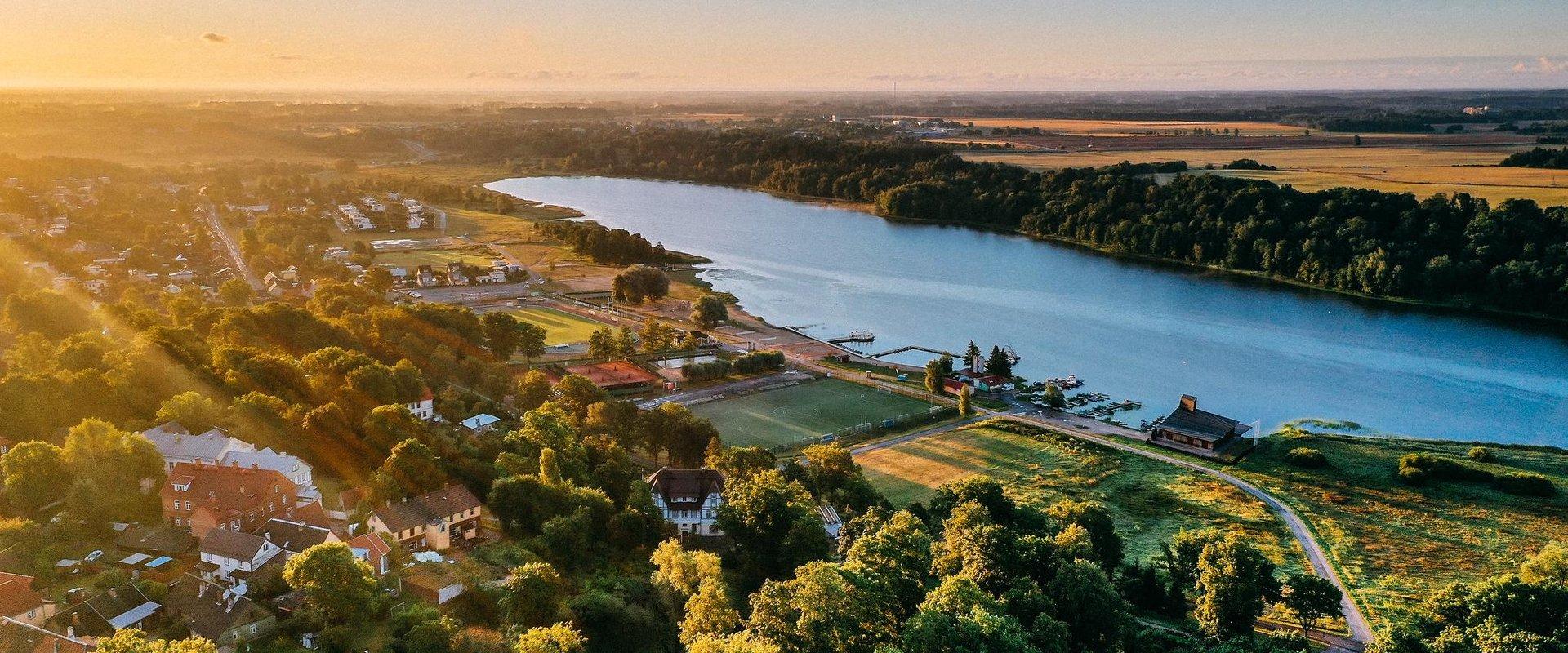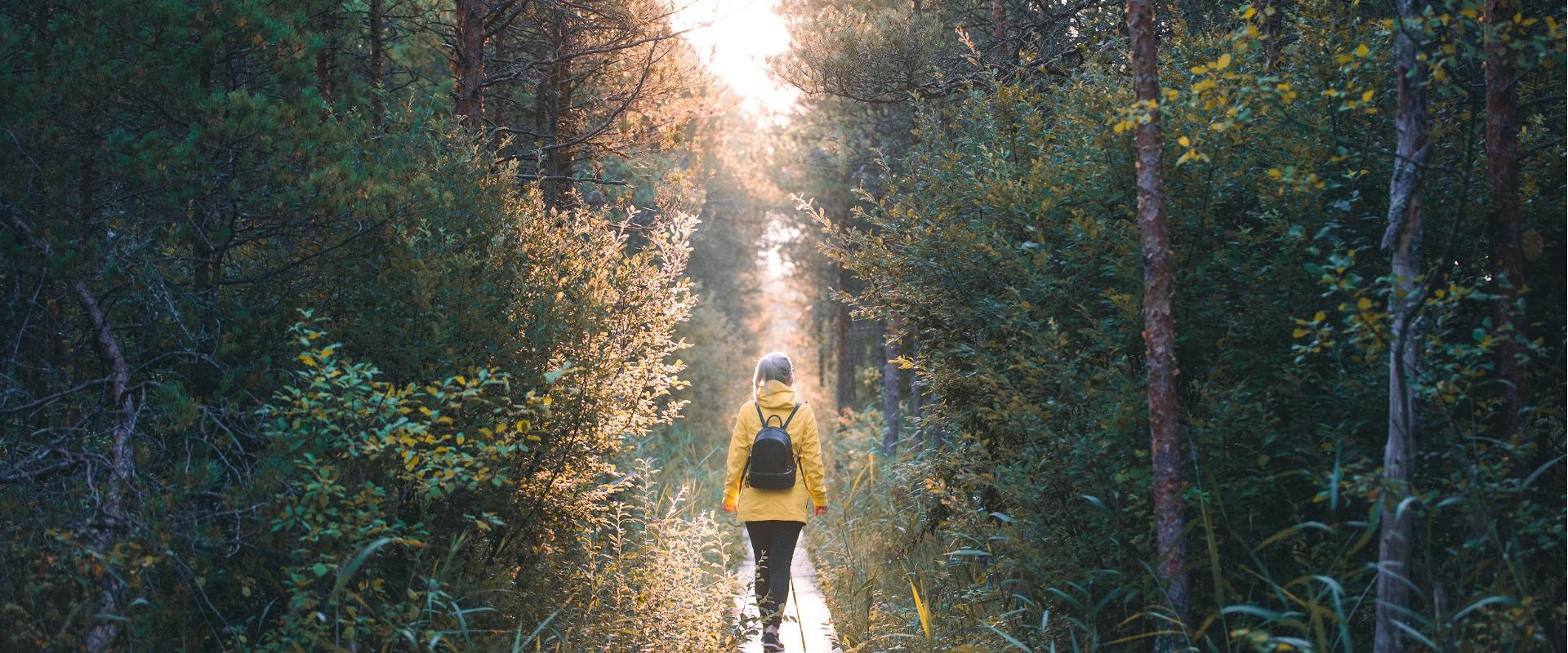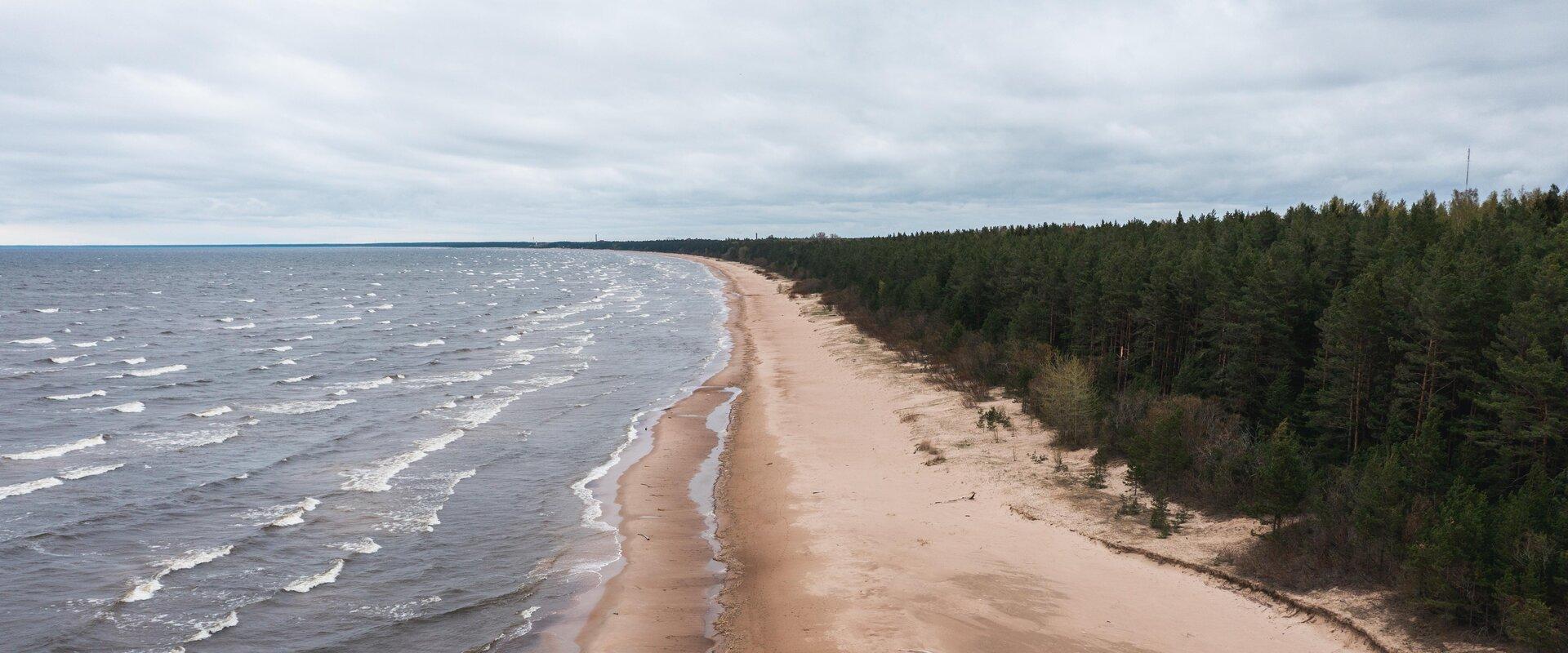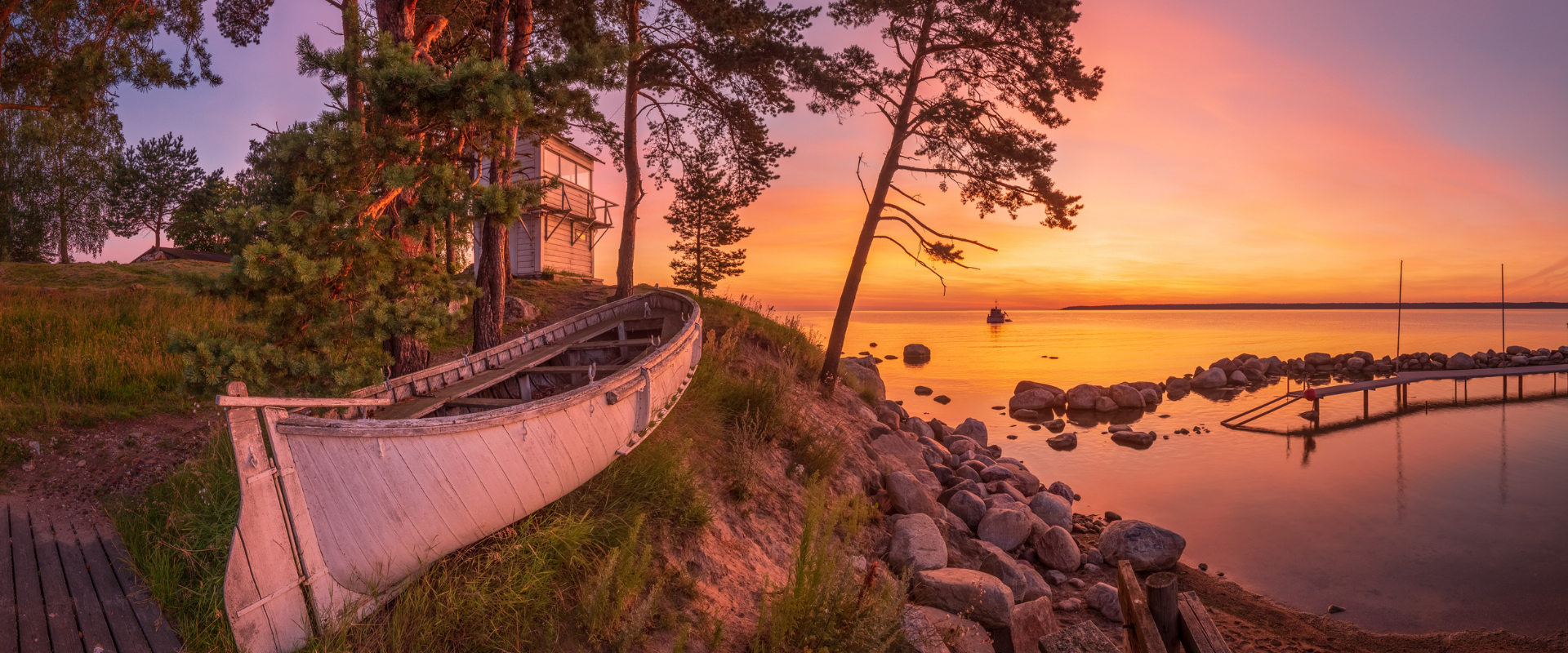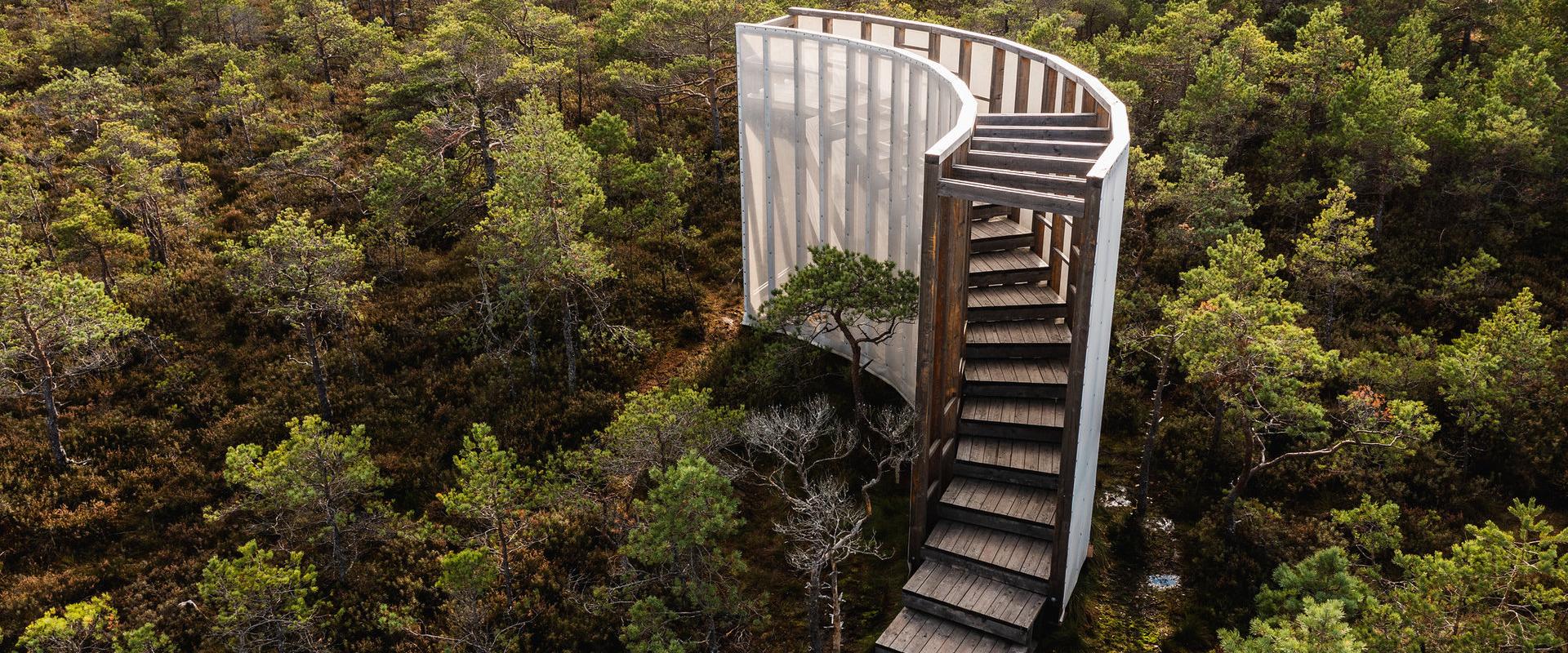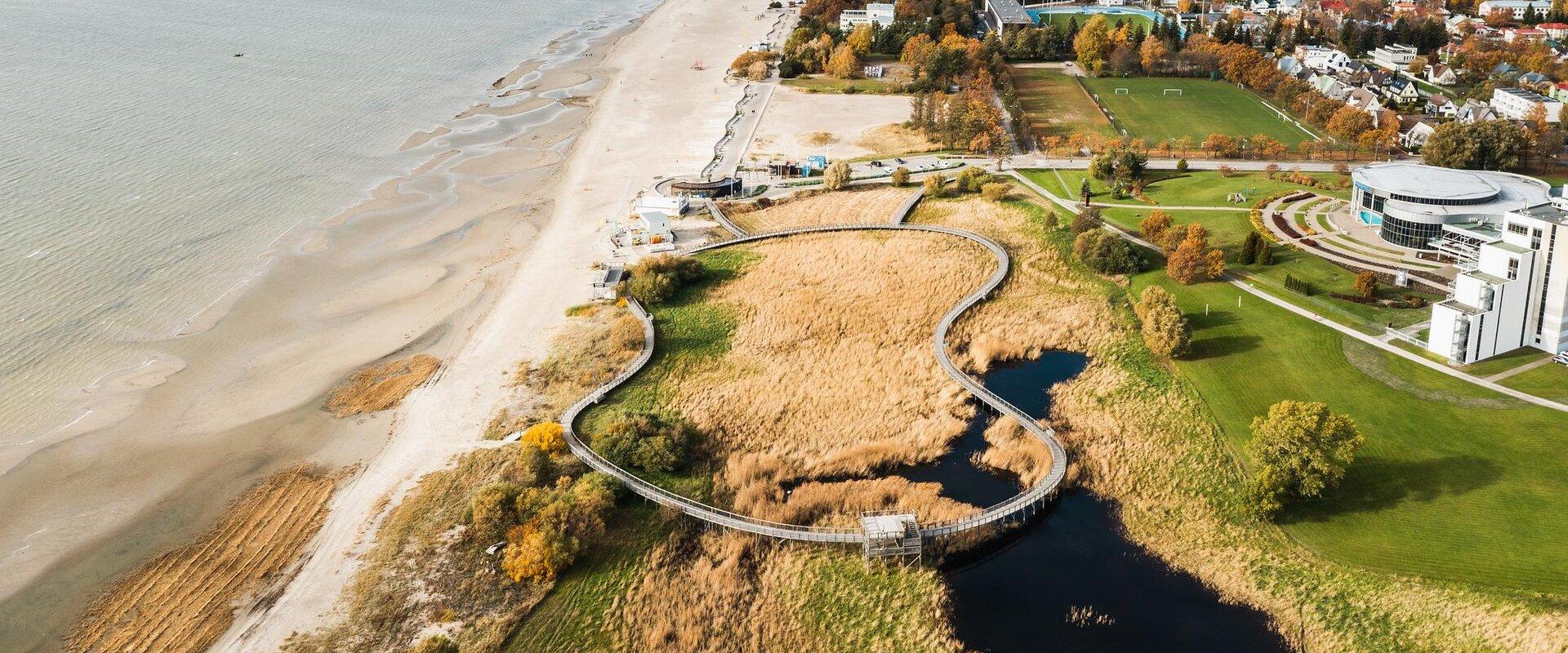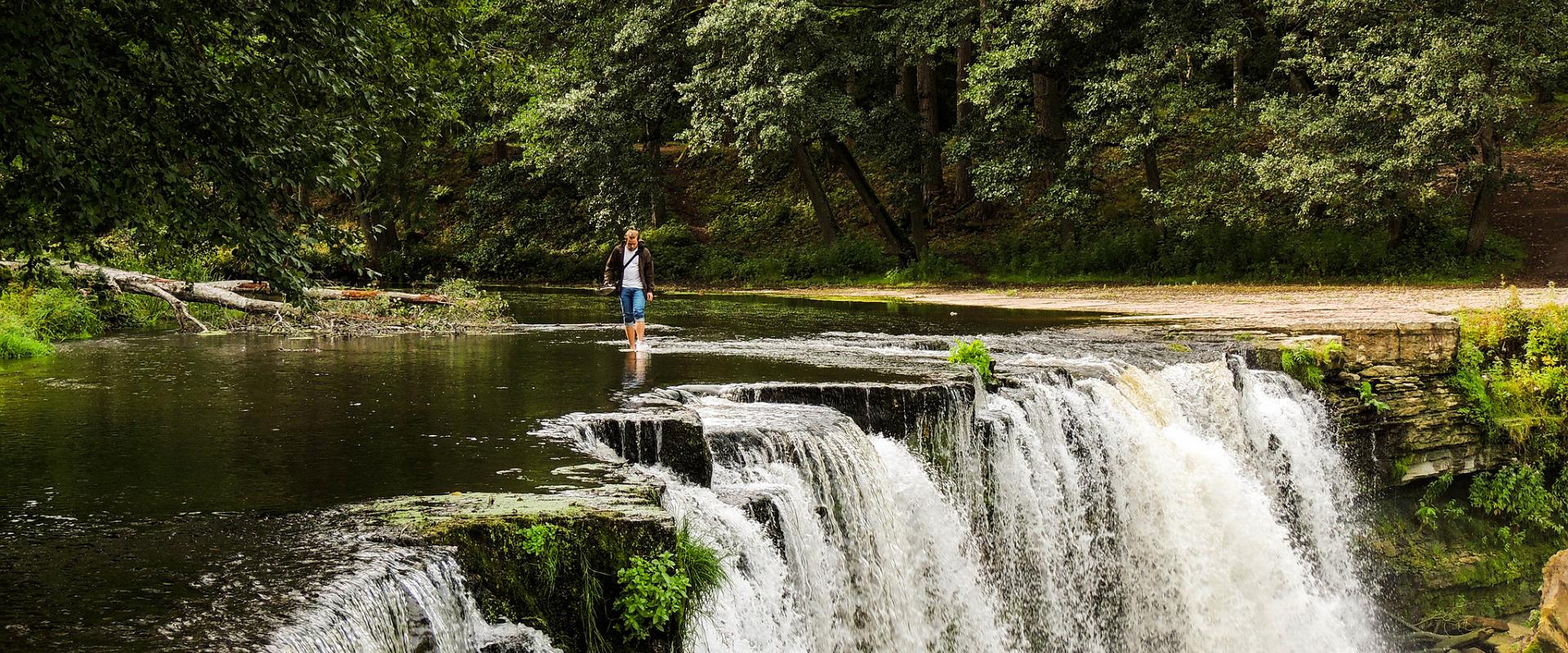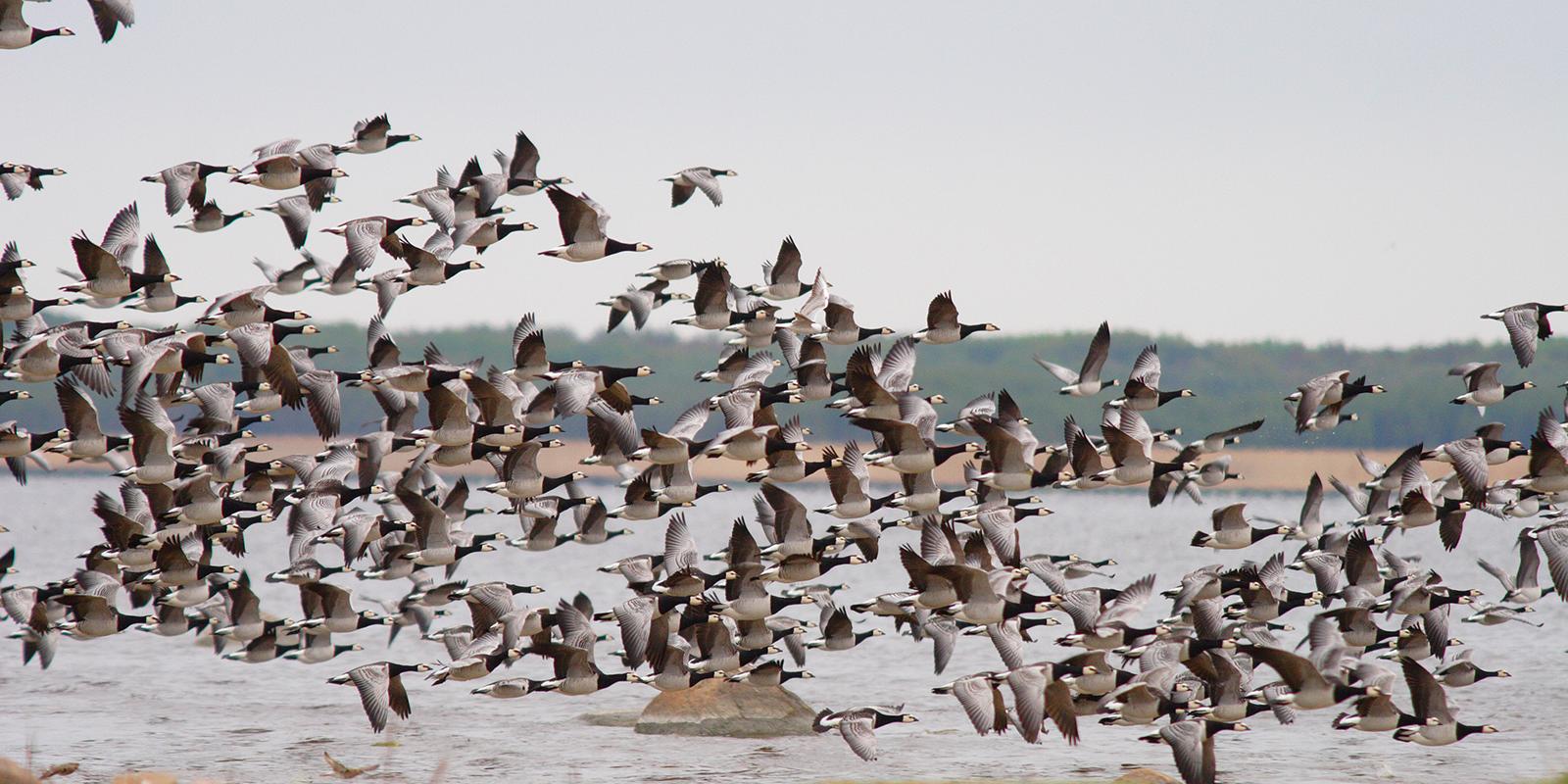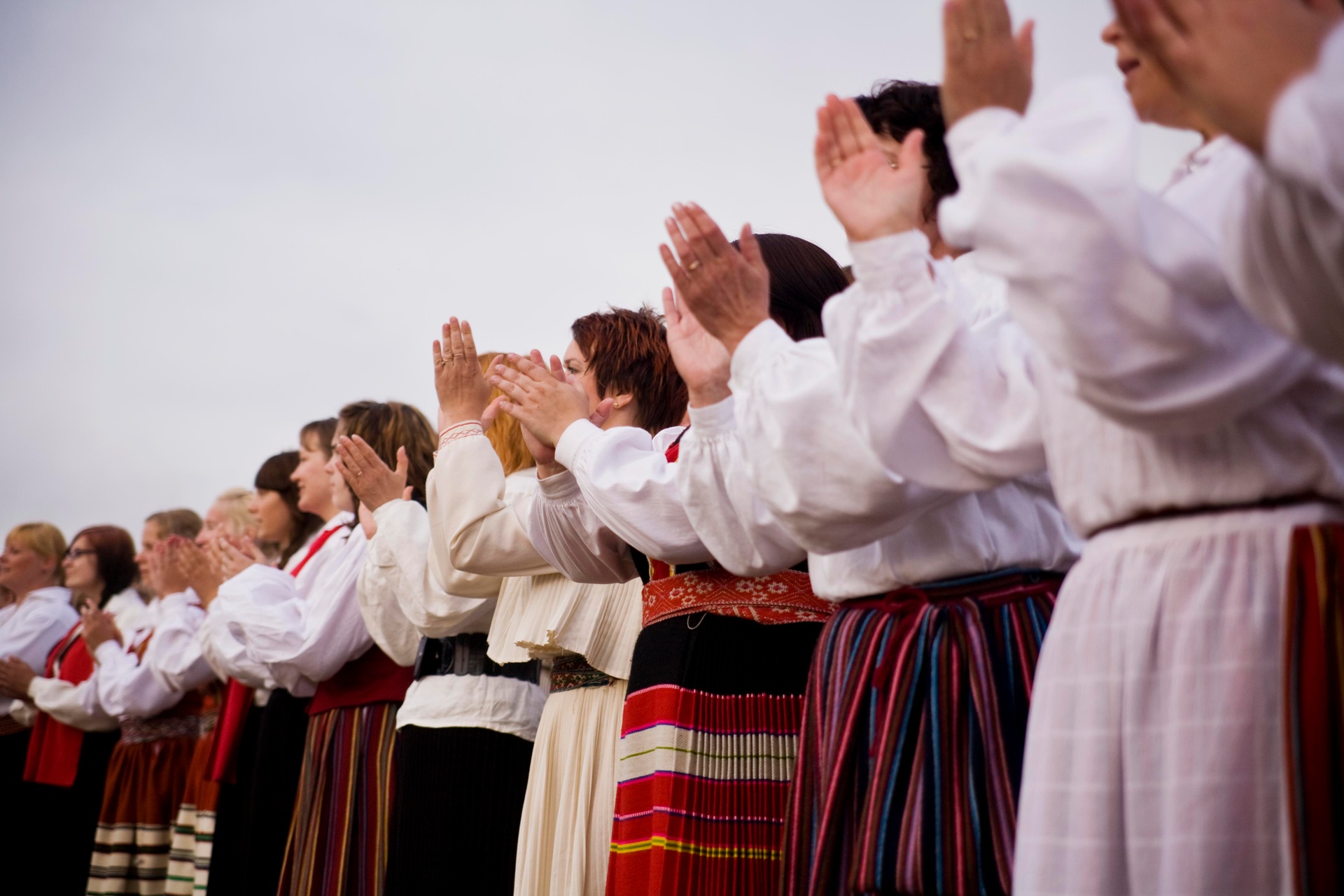
Your quick guide to Estonian culture
Estonia is a geographically compact country, but the pride Estonians have in their culture overflows like the rivers during the fifth-season floods.
Even a short trip will allow you to experience the five pillars of Estonian culture: music, sauna, nature, food, and innovation. These five areas make Estonian culture Estonian – a blend of medieval and modern, handmade and high-tech, Baltic and Nordic.
Discover Estonian culture
Art, architecture, music and dance, history, traditions, and customs permeate everyday life.
Music — the heartbeat of a nation
The first Song Celebrations held in the 19th century were vital to establishing Estonia's national identity. Then came the Singing Revolution of the 1980s, when the masses gathered at the Song Festival Grounds in Tallinn to demand the restoration of national independence. Without music, Estonian culture as we know it would not exist.
Estonia has one of the world's largest repertoires of folk songs. These songs demonstrate the poetic and timeless beauty of the Estonian language and are often accompanied by dances. The UNESCO-listed Song and Dance Festival is held every four years, attracting nearly 100,000 performers and attendees. If you can't make it to Estonia for this stunning spectacle, then check out Tartu's Song Festival Museum. Plus, Tartu is the 2024 European Capital of Culture, making it the perfect time to visit.
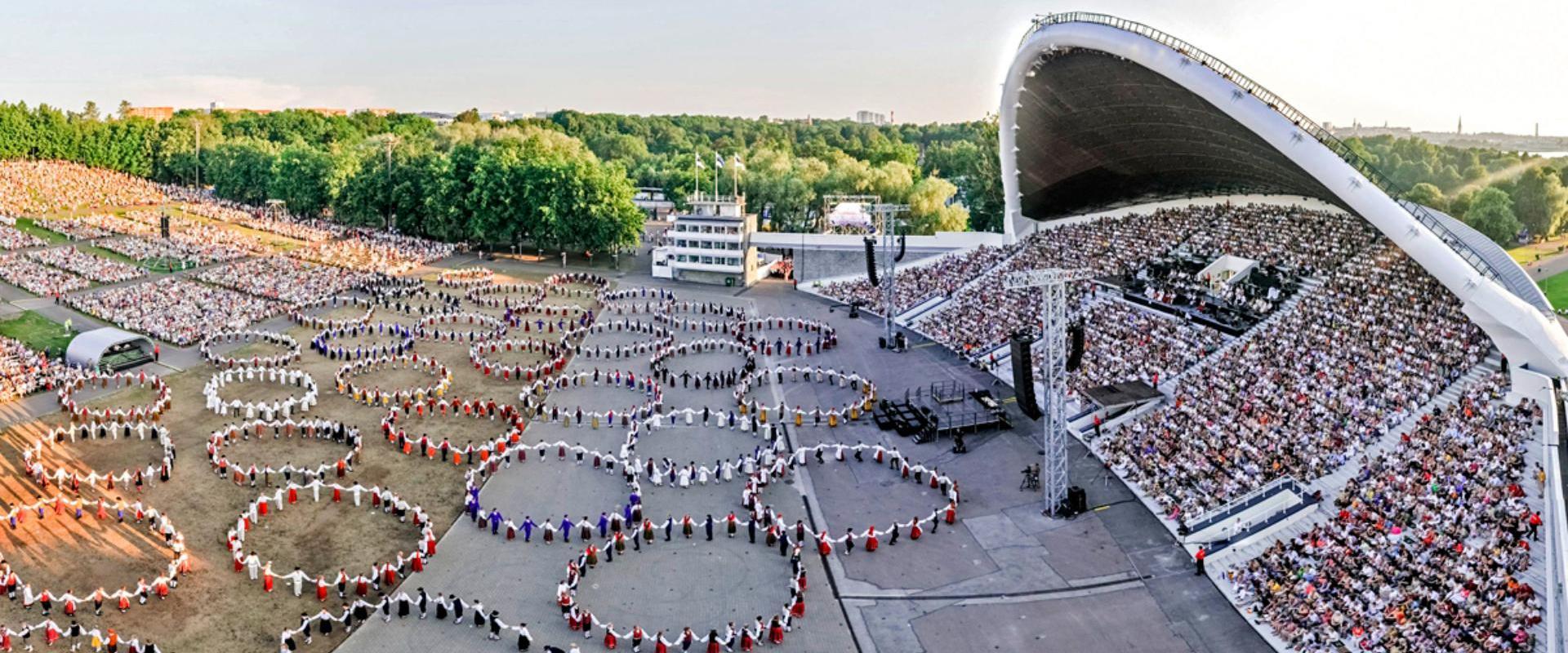
Kihnu Island's ancient wedding songs and Setomaa's leelo have also been added to UNESCO's List of Intangible Heritage. These singing styles preserve cultural memories, as traditions are passed down from generation to generation. By visiting during one of their many festivals, you'll have the exciting opportunity to see musicians in action on Kihnu Island and in Setomaa's villages.
If you like Estonian folk music, you may want to learn more about Estonian folklore by visiting the Kalevipoeg Museum. Kalevipoeg, Estonia's national epic, tells the story of a young man who battles foes and becomes King of Estonia. The museum explains the tale and its connections to real places in Estonia.
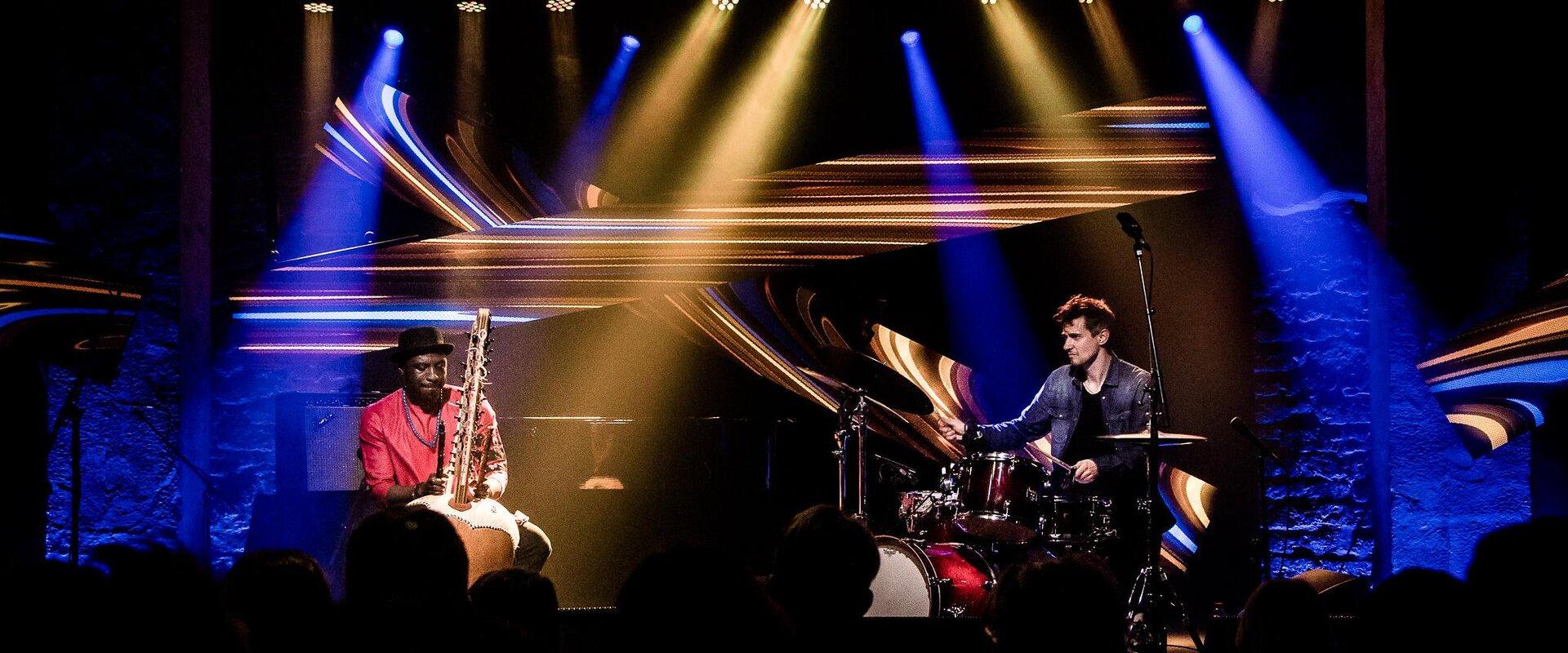
Sauna – the original social network
Estonia's sauna tradition dates back to the 13th century when the first written mention of saunas appeared. Historically, saunas have been a place for cleansing and healing. The sauna welcomed babies into the world; wandering souls would stop by the sauna on feast days to bring good luck to the family.
Babies may be born in hospitals now, but the Estonian sauna tradition remains strong. Saunas are still a place for spiritual healing, connecting with family and friends, and relaxing and rejuvenating. In fact, the last census counted over 100,000 saunas for the country's 1.3 million inhabitants.
The smoke sauna tradition is a uniquely Estonian sauna ritual, recognized by UNESCO. You can experience an authentic smoke sauna for yourself at Mooska Farm. Smoke sauna is one of the most immersive cultural experiences you can have in Estonia – literally – as you will immerse yourself in ice-cold water during the process!

A traditional smoke sauna in the countryside
Sauna brings together families and friends from all generations.
Food – Estonian culture on a plate
Traditional Estonian food has a strong connection to the four seasons. Nobody expects to eat strawberries in December but in July, strawberries are abundant and can be found on every table for days. Estonians prefer fresh, local ingredients, and foraging is a family event. Forest mushrooms and berries from the bogs find their way into many dishes in Estonian homes and restaurants.
Estonian food is like the typical Estonian personality – straightforward, no frills, and honest. Today's young chefs use local building blocks, such as wild boar, rhubarb, and chanterelles, to create delicious New Nordic cuisine. Estonia even became the first Baltic country featured in the illustrious MICHELIN Guide in 2022.

Source: Priidu Saart
Innovation – Estonia's digital identity
After the restoration of Estonia's independence in 1991, its leaders seized the opportunity to harness the country's youthful energy and transform society from agricultural to digital. Since then, at least 10 unicorns (companies valued at one billion dollars or more) either started in Estonia or were created by Estonian founders.
Digital services have become ingrained in Estonian culture. As of December 2024, you can even file marriage and divorce applications online. You can get a taste of e-Estonia during your trip when you order a Bolt taxi or have your food delivered by a Starship robot. Even if you can't make it to Estonia, you can still become an e-resident and enjoy its business benefits remotely.

Source: Renee Altrov
Nature – a salve for the mind and soul
Estonians like their space – and they have a lot of it – as Estonia is one of the least dense countries in Europe. You're never far from nature in Estonia, even in the middle of Tallinn. Also, Estonians are typically quiet; you'll understand why when you visit the forest. The silence of nature even inspired Arvo Pärt, Estonia's most important living composer.
If you're here long enough, you'll likely hear the saying, "There's no such thing as bad weather, only bad clothing." Rain, snow, and ice don't keep Estonians from their favourite pastimes: hiking, camping, kayaking, ice skating, winter swimming, and skiing. Go for a hike, visit a bog, or spend the night in a tent and see for yourself how nature rejuvenates the soul.
Like Estonian history, Estonian culture is complex.
But these five pillars – music, sauna, food, nature, and innovation – will guide you toward the heart of the nation and its people.
Start planning
Use our interactive map to find destinations, discover new activities, and design a travel plan.
Last updated
24.01.2025
